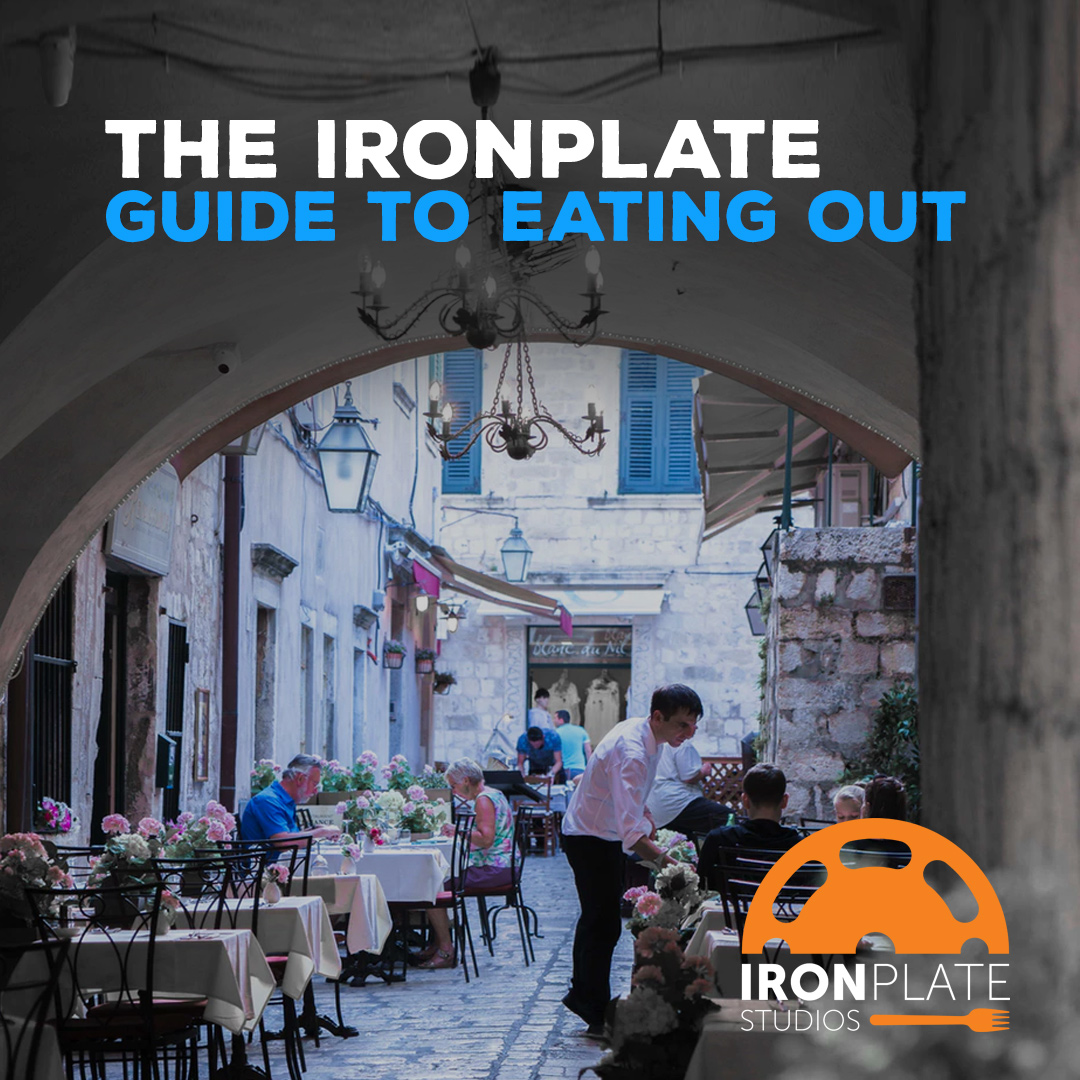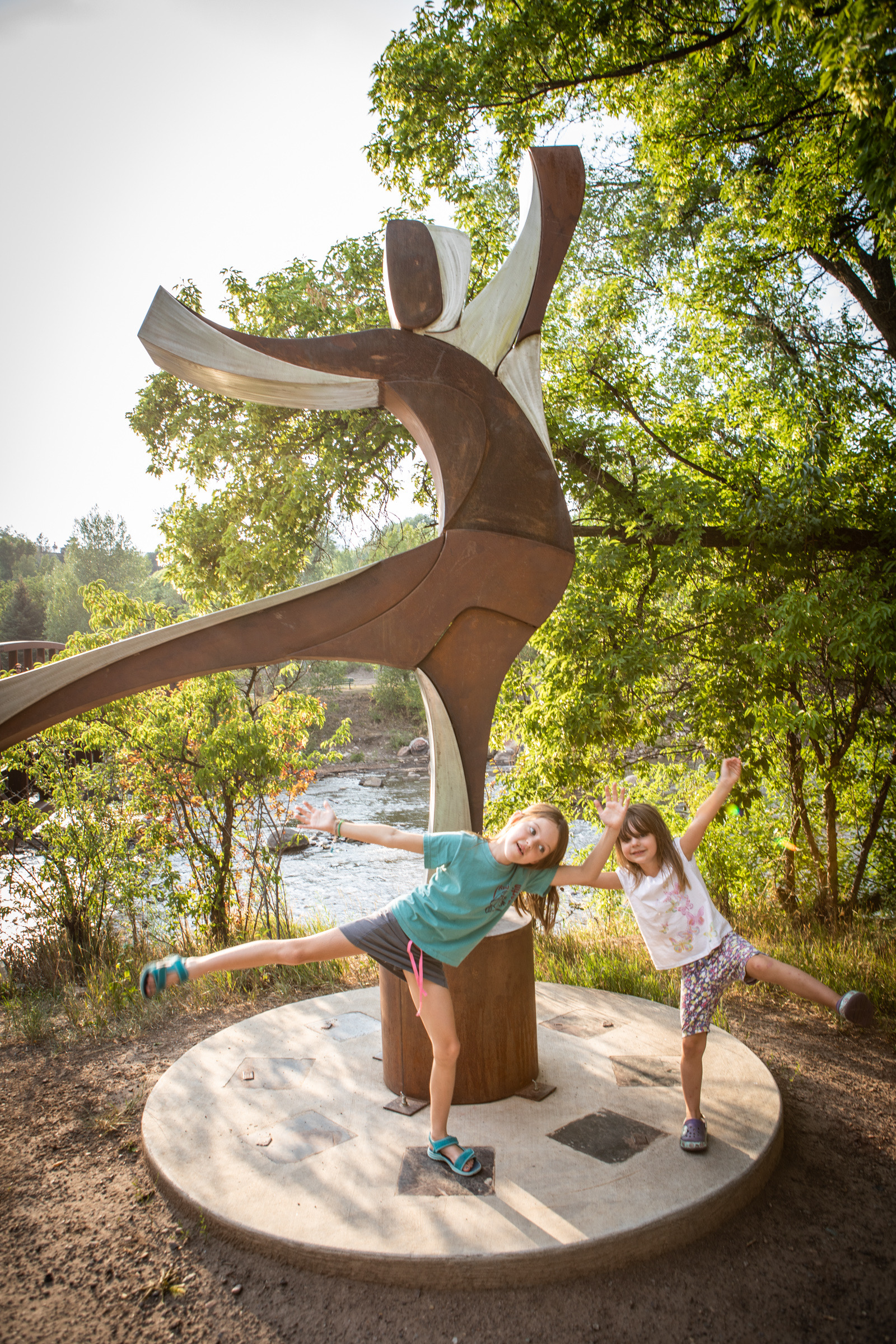Merriam-Webster dictionary defines health as “a condition of being in sound body, mind or spirit.” Since April 7th was World Health Day, we challenge you to take a look into all aspects of your life and see if you are truly practicing good health for yourself.
While our main focus at IronPlate Studios is your fitness and nutrition, we believe that in order to make permanent positive changes in your life, there should be a positive balance in all areas of our lives. We believe the components of your overall health are linked and impact each other.
Depending on where you look, there are anywhere from 4 to 11 dimensions or pillars of wellness. I chose to focus on 7 I believe are important in achieving overall health and wellness.
Dimensions of wellness:
Social Wellness: The people you surround yourself with impact your attitude and outlook on your life. It’s important to establish and maintain positive relationships with family friends, co-workers. If there are negative relationships in your life it’s important to take a look and evaluate what purpose these people serve in your life. (Easier said than done!)
Emotional Wellness: Many times we react a certain way due to other people’s or society’s expectations of how we should react or feel. It’s important to understand ourselves, acknowledge our feelings no matter what they are and cope in a positive way with life’s challenges. Make sure you seek help if you are struggling with making peace in any areas of your life.
Spiritual Wellness: Establish peace and harmony in our lives. No matter what you believe, it’s important to give yourself time to sit in the quiet and reflect. Get in touch with your feelings and listen to what your mind and body are telling you. You can do yoga, pray, meditate, read, take a bath, spend time in nature-whatever it is, it’s important to recharge with some quality YOU time where you can get in touch with YOU.
Environmental Wellness: Make positive impact on quality of environment. This includes your indoor and outdoor environment. The latest craze is “Kondo-ing” where Marie Kondo teaches you how to rid your environment of clutter and unnecessary things in our lives to make your home a place you can enjoy and relax. Spring is here, so what better time to purge and spring clean than now! It feels so good! It’s also important to keep the areas you spend outdoors clean and a space you and others can continue to enjoy.
Occupational Wellness: Fulfillment out of careers while still maintaining balance in our lives. How many of us can say we’re 100% happy with the careers we’ve chosen? Take some time to reflect on what would make you happy in a career. What steps would need to be taken to make those changes happen?
Intellectual Wellness: Keep our minds open to new ideas and always have a desire to learn new concepts, improve skills and seek new challenges. Often times we get comfortable in a role or our daily lives and it can get mundane and boring. If you look for new ways to challenge yourself and learn you can not only improve your intellect, but your relationships with others, advancement in a career or hobby, etc.
Physical Wellness: Maintaining our health. We have to recognize how our behaviors impact our wellbeing. The foods we eat, the activity we do all has a reaction. It’s up to us to realize if we want to turn that into a positive or a negative reaction. Simple things like routine check ups, eating a balanced diet, exercising, and getting proper sleep can lead us to positive physical wellness.
Achieving overall health and wellness is a constant challenge and balancing act as things in our lives are always changing. But it’s necessary to be mindful of all the areas in our lives and what can happen if any of them are off balance. Take the time to get to know and be comfortable with YOU. In the words of my high school gym teacher, “you are in control of your own destiny.” The work and effort you put in to yourself will be reflected in your overall wellness.
Source: https://wellness.ucr.edu/seven_dimensions.html
























































